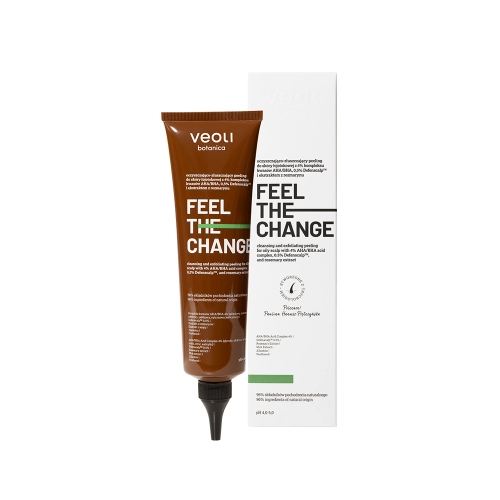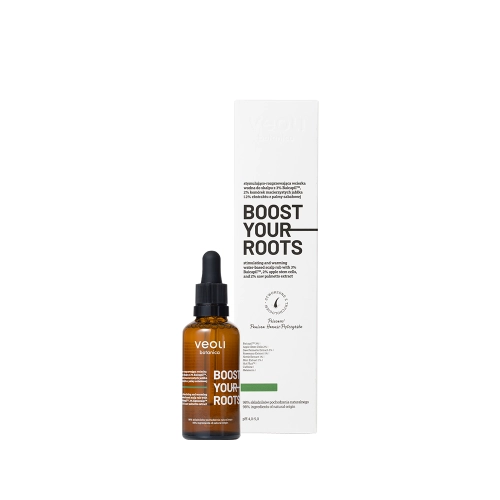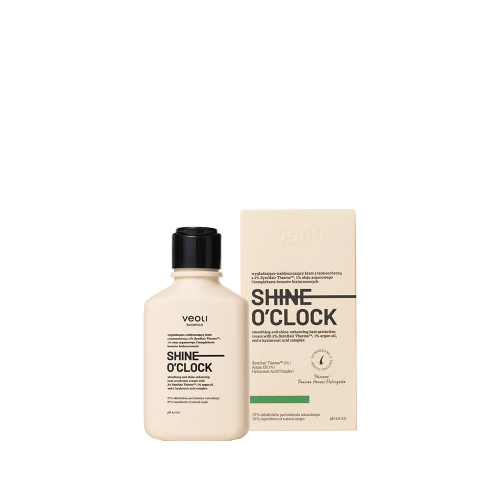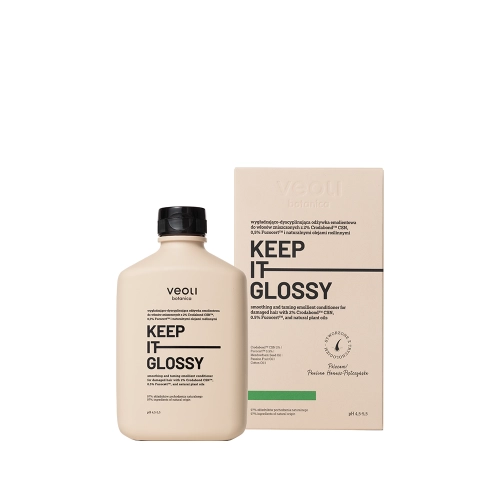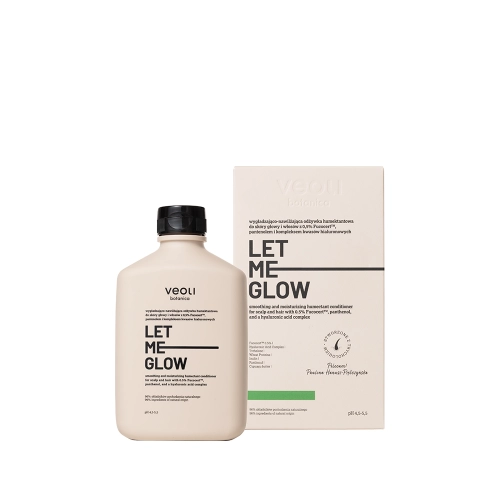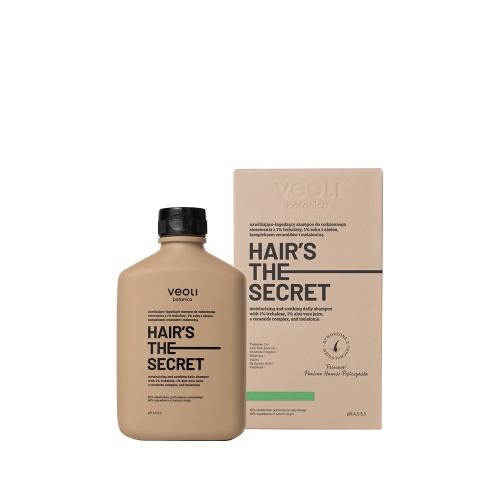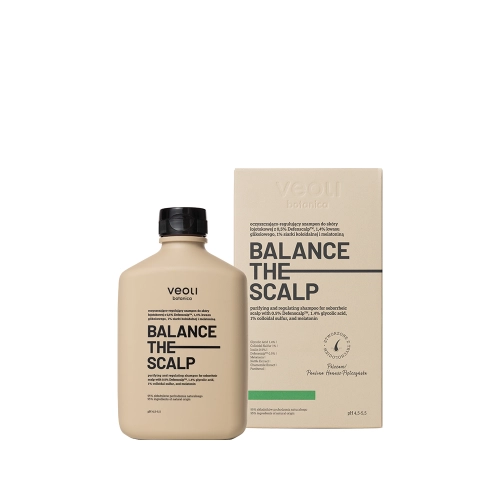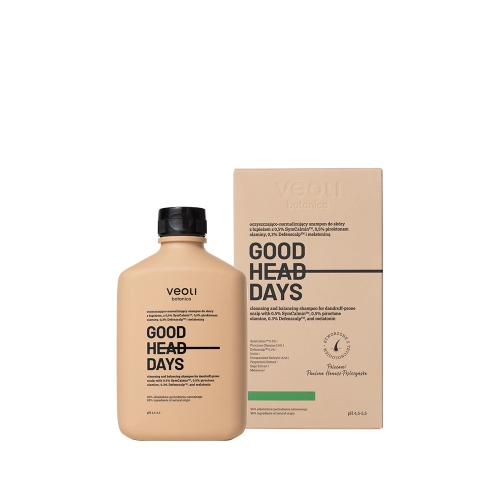Why the sun is not your friend? How to avoid photoaging and still enjoy your tan?
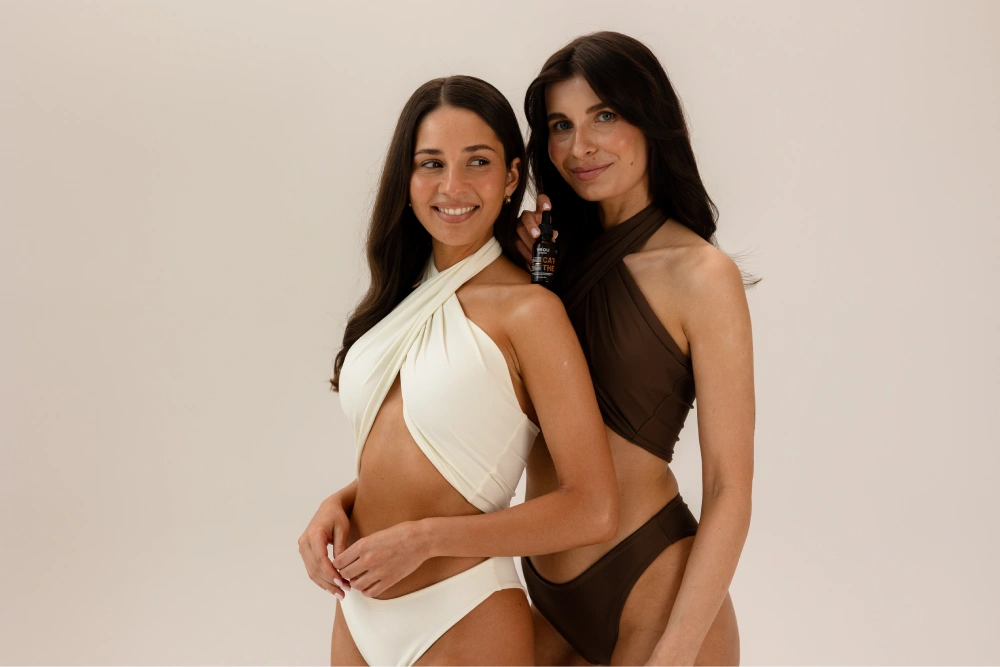
Did you know that even a few minutes a day in the sun without protection can accelerate the skin aging process? Moreover, it also promotes hyperpigmentation and may increase the risk of skin cancer. We love sun-kissed skin, but UV rays are the silent enemy of beauty. Find out how to avoid photoaging and its effects, and how to get a natural tan without exposing your skin to the harmful effects of the sun. It's time to make friends with a safe alternative – self-tanner!
A pleasure that can cost your skin... health.
Summer sun, blissful relaxation on the beach and a golden tan – for many of us, this is the definition of a perfect vacation. Unfortunately, it's a pleasure with serious health consequences behind it. Although the sun's rays improve mood and provide vitamin D, overexposure to the sun poses a real threat to the health of our skin m.in. leads to serious long-term consequences – from photoaging and hyperpigmentation to skin cancer.
Does this mean that we have to give up our beautiful, tanned skin? Not quite. Thanks to modern solutions such as self-tanners, we can enjoy a beautiful golden skin tone without the risk of!
In this article, we will explain why the sun is not your friend and show you how to get a natural tan without exposing the skin to UV radiation. You care about the health and youthful appearance of your skin? Read more.
Photoaging – what it is and its risks?
Photoaging is the process of premature aging of the skin, caused by prolonged exposure to ultraviolet (UV) radiation. Unlike natural skin aging, photoaging is the result of damage caused by external factors – mainly the sun.
It is estimated that up to 80% of the signs of skin aging on the face is the result of exposure to UV rays, not time!
What processes occur in the skin under the influence of UV rays?
DNA damage to skin cells
UV radiation can damage the DNA of skin cells, leading to their malfunction and accelerating the aging process.
Destruction of collagen and elastin fibers
UVA rays cause the degradation of collagen and elastin – proteins that are responsible for maintaining skin elasticity and firmness. This in turn leads to wrinkles and loss of skin elasticity.
Increased production of free radicals
Under the influence of the sun, free radicals are formed – unstable molecules that damage cells and accelerate the aging process. Oxidative damage to skin cells leads to wrinkles and deterioration of skin texture.
Disruption of skin barrier function
Exposure to UV radiation damages the hydrolipidic barrier, which can lead to dehydration of the skin, susceptibility to irritation, and an increase in skin problems such as acne and psoriasis.
Skin symptoms of photoaging
- Wrinkles and fine lines
- Skin flabbiness, especially on the neck and décolleté
- Pigmentary changes – hyperpigmentation and sun spots
- Rough, thickened, earthy skin
- Deterioration of skin texture, such as cellulite
Harmfulness of UV radiation – what consequences it brings?
UV radiation is not only an aesthetic problem. Prolonged exposure to the sun increases the risk of developing serious diseases, led by malignant melanoma.
Risk of skin cancer
Exposure to UV radiation increases the risk of developing skin cancers, including melanoma, which is one of the most dangerous types of skin cancer. Studies show that regular sun exposure without protection can lead to cell mutations that promote cancer development.
Long-term effects:
- Acceleration of skin aging and wrinkle formation,
- Chronic skin lesions and hyperpigmentation difficult to remove,
- Loss of firmness, grayed appearance and uneven skin texture,
- Deterioration of skin condition in people with acne or sensitive skin,
- Increased risk of skin damage, especially in those with sensitive or allergy-prone skin.
Self-tanners – a safe alternative to sun tanning
Wondering if a safe tan is possible? Yes! The solution is self-tanners – cosmetics that react with amino acids in the stratum corneum to give a naturally beautiful bronze skin tone without the sun!
Advantages of using self-tanners:
- No risk of skin damage – do not cause damage to skin cells, do not stimulate the production of free radicals or accelerate the aging process. Skin remains healthy and safe.
- Moisturization and care – modern self-tanning formulas contain additional skin care ingredients that moisturize, soothe and regenerate the skin.
- Golden glow without UV radiation – self-tanners allow you to get a natural tan without the need for exposure to harmful UV rays. Bronzing drops for the face, neck and decolletage CATCH THE SUN are the best example of a product that provides a beautiful caramel skin tone, intensely moisturizes and regenerates, and at the same time does not stain clothes or bedding! The lightweight texture, quick application and even effect make them an ideal choice for those who value convenience and a natural effect.
Connect CATCH THE SUN z your favorite water serum and don't forget the app SPF 50+ daily!
Expert tips: protect your skin, choose wisely!
Overexposure to the sun is harmful. This is a simple path that leads to photoaging, hyperpigmentation and even the risk of developing skin cancer. Self-tanners are a safe and effective alternative that allows you to enjoy a tan without the risk of damaging your skin. It's a good idea to limit UV exposure, use SPF and... reach for bronzing products as a safe alternative!
Take care of your skin health today to enjoy a beautiful appearance – because youth and beauty are not a matter of age, but of conscious choices!
Substantive editing: Katarzyna Leoniak
Certified Cosmetologist
Skincare Expert
konsultacje@veolibotanica.pl
